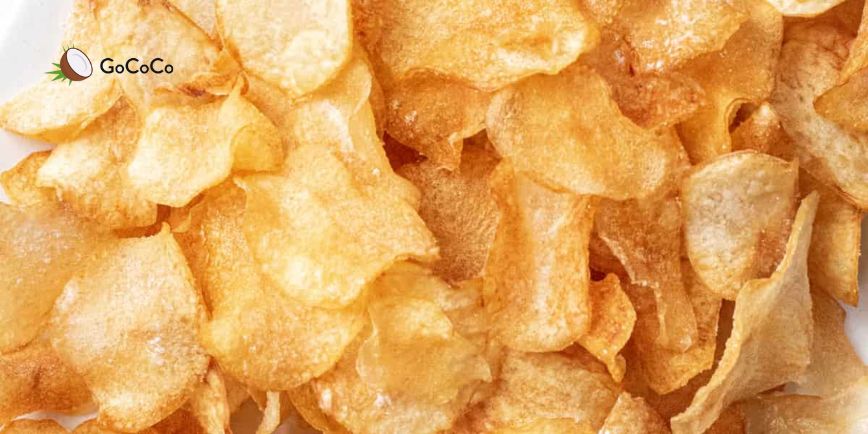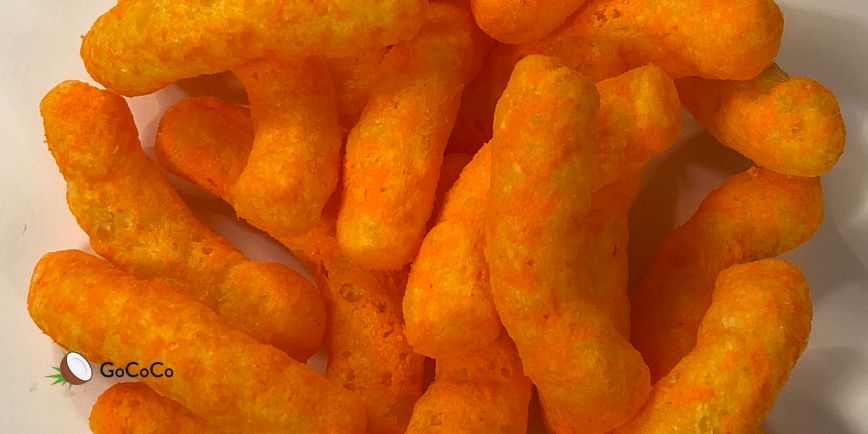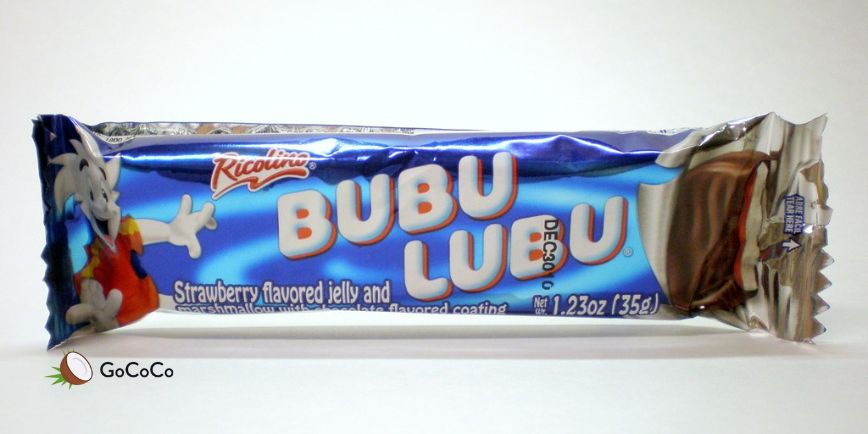
Technically, no. The classic Snickers bar doesn’t list wheat, barley, or rye in its ingredients. So if we’re just talking about what’s inside the wrapper, it’s free of gluten-containing ingredients.
But the story doesn’t end there. Snickers bars are produced in facilities that also handle wheat, and Mars (the company that makes them) includes a “May Contain Wheat” warning on the label.
❗That’s a key signal for people with celiac disease or serious gluten sensitivity to steer clear.
If you’re just trying to cut back on gluten as part of a general wellness goal, Snickers might seem “safe enough.” But if you need to strictly avoid gluten for health reasons, they’re not a risk-free choice.
🥥Want to learn more about what’s in your food? Visit our full Nutrition section for more gluten-free guides and ingredient tips.
Snickers are high in added sugars, processed fats, and contain ultra-processed ingredients. Even if they were certified gluten-free, they still fall into the category of foods we recommend enjoying only occasionally at GoCoCo.
In fact, that’s one of the goals of our app and blog: to shift the conversation away from trendy labels (like gluten-free, keto, or natural) and instead help people build better food habits,ones that actually stick.
Instead of asking whether a candy bar is gluten-free, it might be more helpful to ask:
👉Since peanuts are a major ingredient in Snickers, many people wonder if they’re safe on a gluten-free diet. You can learn more about that in our guide on peanut butter and gluten.
If you're craving chocolate and peanut flavor, there are plenty of ways to enjoy it without reaching for a candy bar. For example:
The goal isn’t to say “never eat this again,” but to shift how we think about snacks,focusing on the ones that truly support your energy, mood, and long-term well-being.
Some ingredients like nougat or caramel may include butter or milk derivatives. If you’re being cautious, check out our article on whether butter is gluten-free to better understand how it fits into a gluten-free lifestyle.
Not exactly. While they don’t contain gluten-based ingredients, they’re produced in facilities where wheat is present. That may be fine for some, but not safe for others.
But more importantly, this question opens up a bigger conversation: food labels aren’t always the best guide for what’s truly nourishing.
At GoCoCo, we help people move past the confusion and build a more confident, practical relationship with food,one snack at a time.


